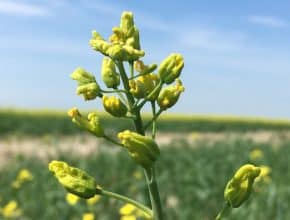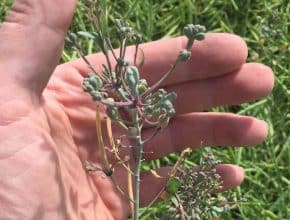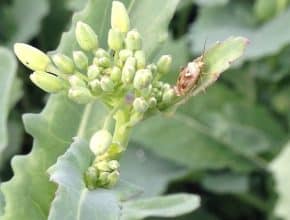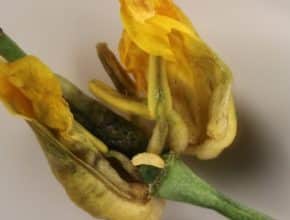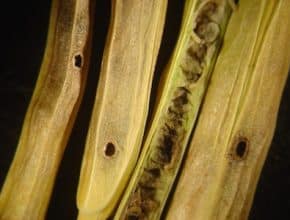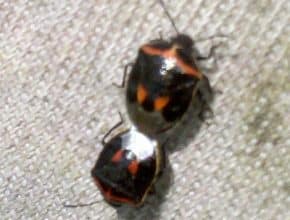The Canola Council of Canada has a new video describing swede midge, its life cycle and the damage it can cause canola crops in Western Canada. The video also mentions the new midge that is similar to but distinct from swede midge…
Swede midge
-
-
-
-
-
-
…
-
Lygus hotspots: Lygus numbers are high in some regions, with reports of 70+ per 10 sweeps in some fields in central and northern Alberta. Some fields will warrant a spray, but seeing the plane next door does not mean all canola in the area should get sprayed. Assess each field. Bertha armyworm hotspots: Berthas are a very low numbers in…
-
Bertha armyworm moth counts continue to accumulate across the Prairies. Many areas are now at moderate to high risk, and adult numbers will continue to build this week. Adult counts can hint at the potential level of feeding by the larvae — the actual armyworms — starting about two weeks after the first wave of adults showed up in traps…
